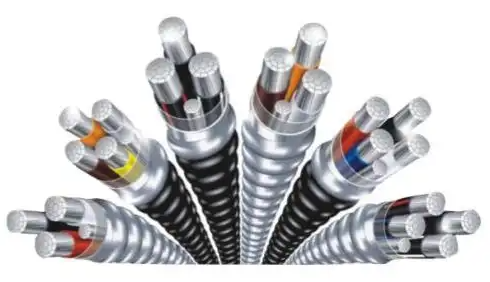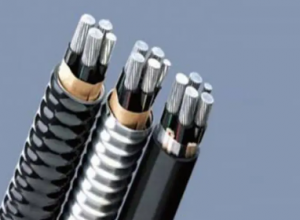Recently, the International Wire and Cable Exhibition was held ceremoniously. Since the aluminum alloy cable has entered the new technology catalogue of the State Grid, the market is highly concerned, and exhibitors have come up with their own aluminum alloy cable display products to gain market opportunities.
However, after in-depth understanding with engineers of related companies, it is found that there are still bottlenecks in the promotion and application of domestic aluminum alloy cables.

First of all, the national standard for aluminum alloy cables with high market attention has been delayed, but some refined standards are constantly being announced. Such as: aluminum alloy conductor, alloy rod standard.
“This is also a compromise to deal with the current situation of domestic aluminum alloy cables,” said a director of a research institute that participated in the formulation of aluminum alloy national standards. “It is difficult to unify domestic aluminum alloy cable standards. There are more than 100 companies, but less than 10% of them can actually produce products that meet foreign standards or domestic higher standards. Although the composition of aluminum alloy cables is public, foreign advanced production technology is still in a state of blockade in China. Enterprises mainly rely on their own research and development. Due to the lack of close cooperation between domestic enterprises and insufficient research and development efforts, there are many factory standards on the market. These standards are mixed, which increases the difficulty of formulating aluminum alloy cable standards that meet national conditions.”

In practical applications, the replacement scale of aluminum alloys for copper may be limited. The person in charge of aluminum alloy cable companies generally said that aluminum alloy and copper have their own scope of application, which is not as good as the rumors in the market that “aluminum alloy cables can be fully rolled out”. Although the electrical properties of aluminum alloy cables are improved compared with aluminum cables, they still have a gap with copper. In places with high temperature, humidity, variable surrounding environment, and need to be buried in the ground and corrosion-resistant, copper cables still have invaluable performance. Substitute; in terms of low-voltage cross-linked cables for civilian use, buyers will also prefer to choose copper-core cables.
The high voltage and ultra-high voltage of 10KV-35KV and above are really likely to have a large-scale substitution effect. However, the country has strict control over cables above 35kV, so this piece of aluminum alloy cable needs to be further developed. .
Judging from the company’s aluminum alloy cable orders in recent years, the company’s orders have maintained steady operation, and the basic supply of long-term cooperation buyers, but due to the small procurement base, the overall scale has not yet been spread, and the market is mostly wait-and-see.
